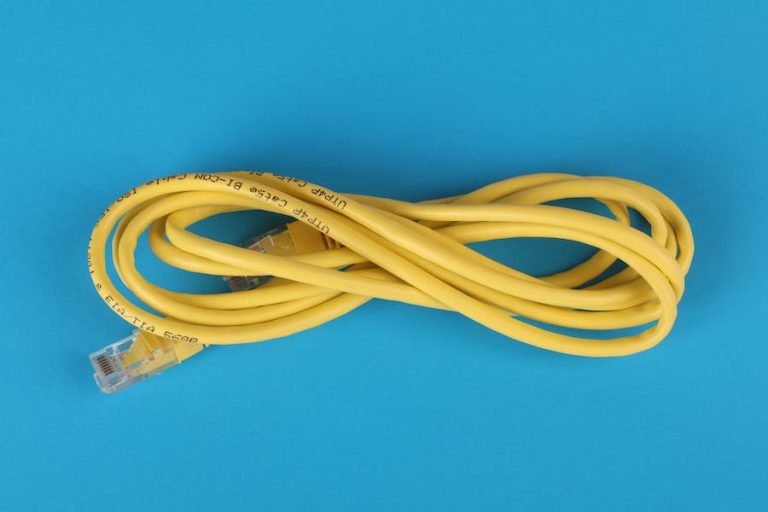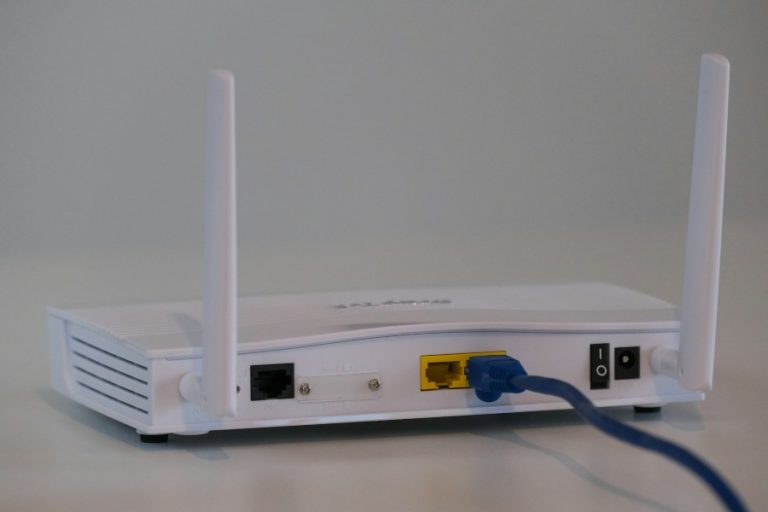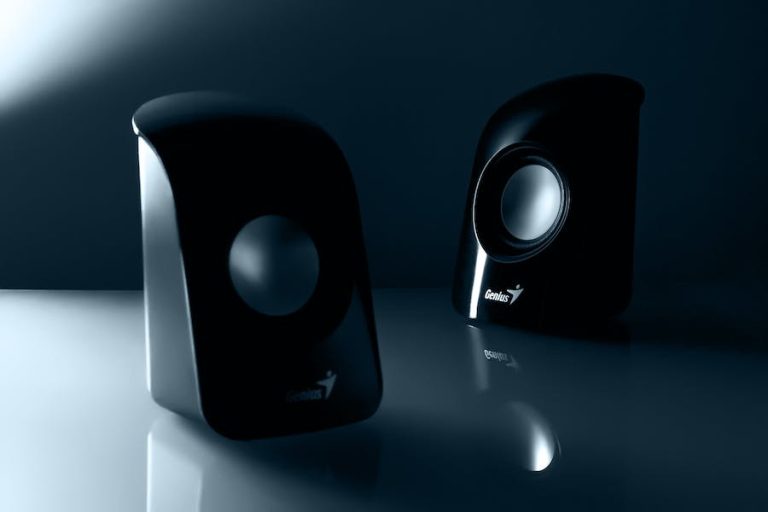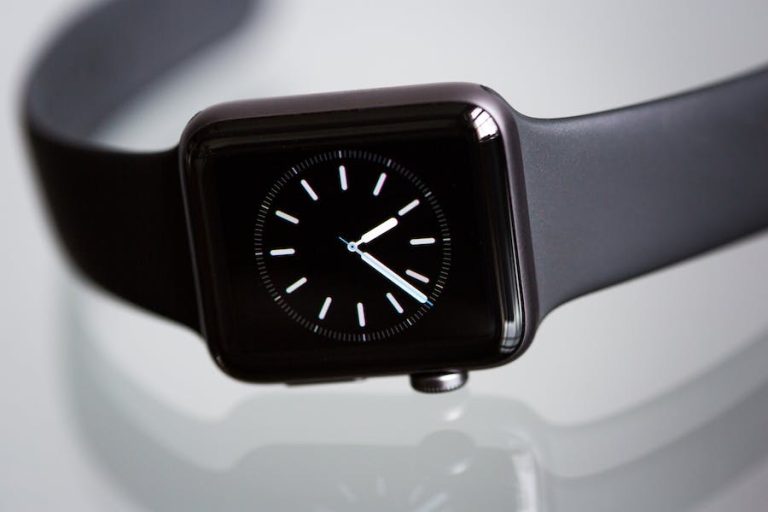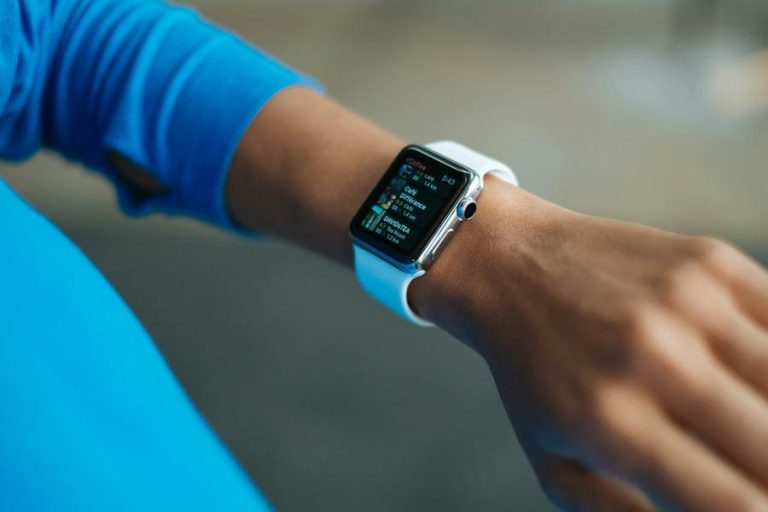What is Cat8 Ethernet cable? Ethernet cables are critical to the functionality of a network. Good quality cables are beneficial as they help prevent repair and replacement.
This is why it’s always advised to procure reputable manufacturers and suppliers regardless of the cable. What cable should I go for? What about the Cat8 ethernet cable?
The cable you’ll go for will depend on its ideal use in homes, businesses, corporations, and data networks.
Whichever cable you choose, ensure you do your due diligence, which includes going for cables that are tested, assessed, and guaranteed to function effectively.
Join us as we break down the ethernet cable and the various types available, including the recent Cat 8 cables.
What is Cat 8 Ethernet Cable?
Currently, Cat8 stands as the most sophisticated and fast Ethernet cable standard available.
Despite Google’s efforts to establish fiber optics as the prevailing choice for residential internet connections, Ethernet cables have persisted. Every year, there are improved versions of the cables for better performance.
The Cat8 is 4X faster than its predecessor, Cat7, and can support a bandwidth of 2GHZ, which is way better than Cat6a.
Ethernet Cables Explained
Ethernet is a collection of cables and wires that connect devices and equipment to form a network. A fiber-optic or copper wire connects the majority of networks.
Each cable type has advantages and disadvantages in terms of network speed, latency reduction, stability enhancement, and security threat prevention.
Although copper wire is more cost-effective and flexible, fiber-optic connections are more reliable and secure.
Future trends indicate that fiber-optic cabling will surpass copper cabling in popularity; however, copper cable remains superior in certain circumstances.
Most networks do not require every feature that a fiber-optic network provides. The implementation of fiber-optic cables for your network could be costly.
Cat 8 Ethernet Cable Explained
One of the primary distinctions between Cat 8 cables is shielding. A layer of conductive material on the jacket of a protected or shielded twisted pair (STP) cable prevents electromagnetic interference (EMI) from reaching the conductors within.
This expedites the transfer of data and reduces the likelihood of errors. Cat8 wire envelops every twisted pair in foil to further enhance the situation.
This virtually eliminates crosstalk and expedites the transmission of data. The result is a cable with a thicker gauge that is rigid and difficult to install in confined spaces.
Cat8 wire’s Power over Ethernet (PoE) technology enables data transmission and power over a single link. Cat8 cable eliminates the need for power connections, simplifying the installation of edge computing and frees up space in congested server rooms.
Cat8 cable has a maximum range of 98 feet (30 meters), allowing it to reach PoE devices not directly close to an AC power outlet, such as security cameras and wifi access points.
Cat8 is undoubtedly helpful for gaming, but its primary function is to facilitate high-speed connections between switches in data centers. The bulkier gauge Cat8 cable is also rigid, making it more challenging to position and terminate.
Cat6 or Cat6a cable is superior and more cost-effective for “future-proofing” a residential network. Furthermore, it is the optimal Ethernet cable for gaming.
Cat 8 Ethernet cable is an effective method for interconnecting switches in server rooms and data centers that employ 25GBase-T and 40GBase-T networks.
Its RJ45 ends are compatible with standard network equipment such as switches and routers, allowing you to convert to 25G or 40G without reassembling your entire infrastructure.
The construction of shielded foil twisted pair (S/FTP) networks, which have many devices nearby, involves braiding around the group of pairs and enveloping each pair of wires in a barrier to reduce near-end crosstalk (NEXT).
Although you can use the Cat8 for your home router, Cat 6a is more suitable for most residential applications.
Most residential networking equipment cannot operate at Cat 8 speeds; hence, Cat 8 cable is unnecessary. Cat 8 wire is ideal for implementation in data centers due to its exceptionally high speed.
Connecting Cat 8 cables because of the speeds to a device that cannot handle 40 Gbps won’t do it justice.
The operational pace of every interconnected component determines the speed of network communication.
Older networking devices and models will function well if connected to Cat5e, Cat6, Cat6a, and Cat7 cables. This includes most devices at home.
Factors to Consider When Choosing Ethernet Cables
It is sometimes hard to determine which Ethernet cable suits your requirements due to the variety available. Conversely, understanding your requirements will assist you in selecting the optimal option.
Go for cables after determining your computer network’s configuration and the type of ethernet cable that’ll be best for you.
This is because various cables possess different performance and bandwidth ratings. Consider your specific use case, the maximum transmission capacity, and the required connection length, in addition to your internet bandwidth.
It is critical to select a cable that fulfills your current requirements. If possible, consider choosing a cable compatible with your wired connection in the future.
1. Performance
Although various types of Ethernet cables exist, Cat 6, Cat 5, and Cat 7 are the most prevalent. Cat 5 is the oldest and widely used while CAT 7 offers excellent performance at affordable costs.
The levels of each cable differ, meaning their respective performance ranges also differ. Determine which one fulfills each of your network requirements.
2. Application
At home, cable service may be needed both outdoors and indoors. A standard Ethernet connection should be done when intending to route the wire inside. For outdoor use, whether in or on the ground, a wire that is more resilient and can withstand any type of weather is required.
Standard Ethernet cables are inappropriate for outdoor situations. Go for outdoor ethernet cables with PE coats and solid copper conductors that guarantee life. For wires that will run into the ground, go for direct burial cables, as they are tougher.
3. Shielded or Non Shielded
Why is shielding so crucial? Magnetic energy and disturbance have the potential to disrupt your data. Therefore, when installing an Ethernet connection in an area prone to significant interference, it is advisable to utilize a shielded cable such as Cat6a.
If data transmission is not critical enough, you could optimally go for an unshielded wire. It eliminates electromagnetic interference even though it does not provide protection or interference reduction.
4. Internet Speed
Your internet speed will affect the type of cable you buy. A Cat 7a Ethernet cable with a maximum transfer rate of 100 Gbps is not required if your Internet connection is only 1 Gbps.
The transmission capacity of your line, router speed, and the devices that can establish connections all influence the speed of your wired connection.
5. Compatibility
Compatibility is a critical factor. These Ethernet cables have the benefit of being interchangeable without affecting functionality. It is important to note that older cable varieties cannot support the most rapid transfer rates.
You can connect the Cat 5 cable to a server that has a 10G Ethernet port. One potential issue is that the wire may lack the necessary speed to transmit data. Due to this, it is consistently preferable to employ a highly flexible wire.
6. Solid or Stranded
Solid Ethernet cables employ a solitary piece of solid copper per conductor. Stranded cables, conversely, consist of numerous interconnected wires. Use reliable cables in areas with minimal to no motion to prevent damage.
In contrast, stranded wires are more flexible and can be bent and maneuvered easily. Patch cables connecting two fixed links require stranded cables. Solid cables are suitable for long-distance lines, such as between a patch panel and a surface mount box or faceplate.
7. Cable length
Be cautious, as Ethernet cables come in a variety of lengths. Notably, some individuals enjoy constructing their lines using premade cables.
Ethernet cables are readily available in bulk lengths of 0.5, 1, 1.5, 2, 5, 10, and 20 meters. Additionally, some cables measure up to 75 meters in length.
Longer lines are more manageable and easier to work with. Longer cables can be looped and held in position by cable ties for future use.
8. Maximum Cable Transmission Capacity
Each Ethernet wire type has a maximal data transmission capacity. The manufacturer always states the maximum transmission capacity of a cable.
If you must transmit a substantial amount of data over your wired connection, choose a cable that is capable of handling it.
For instance, a Cat 6a Ethernet line is a bare minimum requirement when shooting and editing high-resolution video.
Individuals employed by video editing companies can increase their time efficiency by selecting the most recent cables. Playing video games will require a cable capable of transmitting and receiving data at a faster rate.
Conclusion
What is Cat8 Ethernet cable? Networking solutions rely on ethernet cables as they are the veins that carry data. The utmost critical components of any networking infrastructure are durability, reliability, and speed.
The most recent inventions, Cat8 Ethernet are way much better when compared to the previous Cat5e and Cat 6 cables.
Innovation serves as the fundamental driving force behind technology. There are new design concepts, components, and technological developments every day. Businesses concentrating on the future are revolutionizing the world via continuous research and development.
Introducing new components, systems, and computer networking devices is continuously advancing and fundamental to the digital world.

